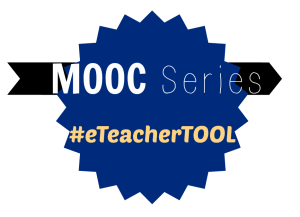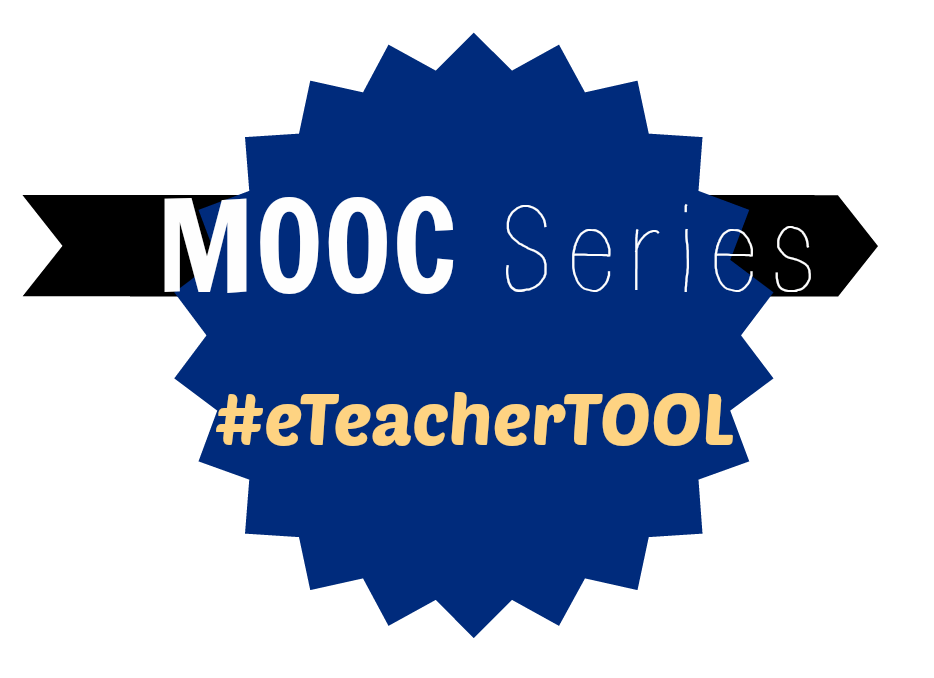This post is one in a series for a MOOC. You can find similar posts searching under the Category MOOC or searching for hashtag #eteacherTOOL for more about this particular MOOC.
 In another MOOC I made a unit plan and then narrow it down to a lesson/module similar to a face to cafe weekly lesson plan. While this is a 2-3 week lesson plan I think it still shows me focusing on a few standards, with a handful of goals for the learners. Here is my module/lesson plan for reference. Alternatively, see embed code below.
In another MOOC I made a unit plan and then narrow it down to a lesson/module similar to a face to cafe weekly lesson plan. While this is a 2-3 week lesson plan I think it still shows me focusing on a few standards, with a handful of goals for the learners. Here is my module/lesson plan for reference. Alternatively, see embed code below.
These were my six goals for the participants:
- Demonstrate the internal process which result in seafloor spreading
- Analyze evidence collected about seafloor spreading and defend a conclusion
- Create a model illustrating how the seafloor is spreading
- Develop a model to describe the cycling of Earth’s materials and the flow of energy that drives this process
- Construct an explanation based on evidence for how processes inside and outside the earth have changed Earth’s surface at varying times, include evidence from each module/lesson
- Analyze and interpret data on the distribution of fossils and rocks, continental shapes, and seafloor structures to provide evidence of the past plate motions
And these were my three (NGSS) standards which the goals were based upon:
ESS1.C: The History of Planet Earth: Tectonic processes continually generate new ocean sea floor at ridges and destroy old sea floor at trenches. (HS.ESS1.C GBE)
ESS2.A: Earth’s Materials and Systems: All Earth processes are the result of energy flowing and matter cycling within and among the planet’s systems. This energy is derived from the sun and Earth’s hot interior. The energy that flows and matter that cycles produce chemical and physical changes in Earth’s materials and living organisms. (MS-ESS2-1). The planet’s systems interact over scales that range from microscopic to global in size, and they operate over fractions of a second to billions of years. These interactions have shaped Earth’s history and will determine its future. (MS-ESS2-2)
ESS2.B: Plate Tectonics and Large-Scale System Interactions: Maps of ancient land and water patterns, based on investigations of rocks and fossils, make clear how Earth’s plates have moved great distances, collided, and spread apart. (MS-ESS2-3)
To complete this Quest:
My “Concept Map” needs to be linear at this point in the process for me. Not that I write in a linear fashion, more that I need the scaffolding to insert ideas for content into and move them around until I am satisfied. When considering what to include I tried to picture my students completing the work; I cared about the learning activities first and then the assessments were a close second. I know I am supposed to start with the assessments, however, this was my first pass at a fully online module and I think since I did have my classroom experience as background knowledge I used that as my primary point of reference. I made certain to closely check that the assessments aligned to the standards. I think I did a fine job and now that this is part of my background knowledge I am sure I could confidently start with assessments first next time.
I thought about what parts the participants needed from the lesson: anticipatory set-most likely a visual/audio file, a cooperative Vocabulary study, Video Playlist-as much a play to build common background knowledge as anything, Discussion Forum-so that participation in class is not voluntary, Note-taking-I prefer the Cornell Note-taking system, a private journal entry to the teacher-as a check for understanding, Study Guide to model how and what to study, traditional quiz/test, Model creation-to cement understanding and encourage creativity.
Out of those 9 activities for each module, I looked for 5 assessment opportunities. I assess the group vocabulary study with a rubric, discussion forum with a rubric, journal entry with a rubric, quiz/test is auto-graded in the LMS, and the model is graded on a rubric.
In conclusion I am not certain I would be as efficient with a mind-mapping of the curriculum. Even if I was it sounds more like I would like a learning map instead.






Leave a Reply